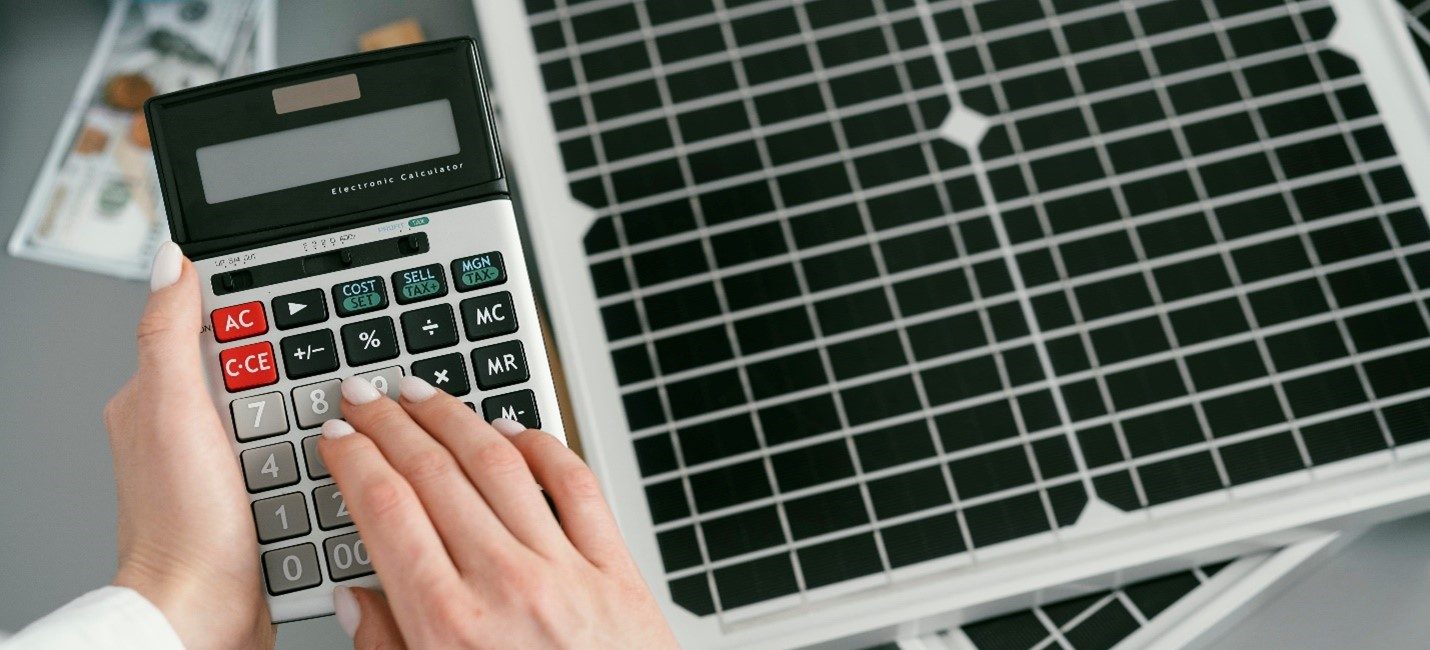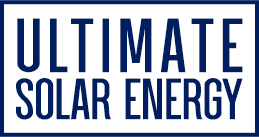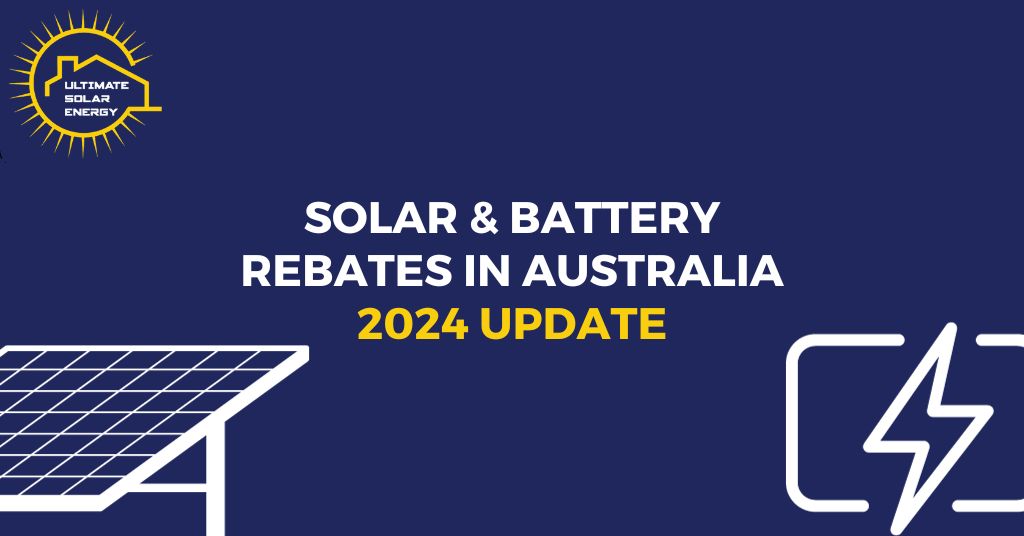Solar & Battery Rebates in Australia | 2024 Update
Over the past decade, the adoption of solar energy in Australia has drastically surged, with nearly a third of all homes now equipped with rooftop solar installations. These stats represent the highest rate of solar adoption in the world. As of the end of January 2022, Australia had more than three million rooftop solar systems. Solar PV (photovoltaic) systems are not only long-term financial investments but also offer the advantage of free electricity during the day after the initial installation costs are returned. So, in this blog, we will focus on the recent solar updates in Australia for the fiscal year 2023–2024.

Financial Year 2023-2024 Updates
As we wrap up the current financial year, Australia is gearing up for some important changes that started on July 1, 2023.
These changes cover things like energy costs, incentives for solar energy, aged care, minimum wage, and more. Understanding these upcoming adjustments is crucial because they can have a big impact on individuals and the community as a whole.
Rising Living Costs
Get ready for an increase in the cost of living, especially in electricity bills. The Australian Energy Regulator (AER) confirmed that energy prices in NSW, South Australia, and southeast Queensland will go up by 19.6% to 23.9% from July 1, 2023. Small business owners will also see an increase, ranging from 14.7% to 28.9%, depending on where they are.
To help out with the higher energy bills, the Australian government is giving a $500 relief payment to eligible households. The rules for getting this payment are different for each state, so check what applies to you.
Solar Energy Incentives: Transforming the Landscape for Homeowners and Renters
Many states are making it easier for people to go solar, and here’s how it’s happening.
In places like New South Wales (NSW), the Australian Capital Territory (ACT), and Western Australia (WA), the government is giving perks to homeowners and renters who choose solar power.
In NSW, there’s a program that helps low-income households get solar energy. This not only cuts down on their electricity bills but also promotes using clean energy in neighborhoods that might struggle financially.
In the ACT, they have something called the Sustainable Household Scheme. If you have a regular house and its value is $750,000 or less, you can get benefits from the scheme, except for solar. But if your property’s value is $450,000 or less, then you can also get benefits from solar. For apartments, it’s $300,000 or less.
In Western Australia, especially in Perth and the southwest, the power company Synergy is encouraging people to use solar energy. They have a program called the Distributed Energy Buyback Scheme (DEBS), where you get paid for the extra solar energy you produce.
Starting from July 1, 2023, if you’re a Synergy customer, they’ll pay you 10 cents for each unit of electricity you send back to the grid between 3 pm and 9 pm. If you do it between 9 pm and 3 pm, they’ll pay you 2.25 cents. This is a bit different from before, where they paid 10 cents for peak hours and 2.5 cents for off-peak hours.
So, it’s becoming easier for everyone, including those with lower incomes, to benefit from solar power and save on their energy bills.
Federal Support for Renewable Energy
The Small-scale Renewable Energy Scheme (SRES), introduced by the federal government, encourages the use of small-scale renewable systems like solar panels and wind turbines. This initiative benefits Australians by issuing Small-scale Technology Certificates (STCs) for these installations.
STCs hold a monetary value, providing incentives for installers or the option to trade on the market for a solar rebate. Accessible to all Australians, STCs are applicable for solar panel installations up to 100 kW.
The Renewable Energy Target stimulates the creation of tradable STCs, promoting increased electricity production from renewables. These certificates are managed through the REC Registry, an online platform.
However, it’s important to note that the scheme is gradually phasing out, with STC values decreasing annually until its conclusion on December 31, 2030.
State-Level Support in Australia
State governments offer varying solar incentives, solar battery rebates, and programs. Residents in Victoria, New South Wales, South Australia, the Northern Territory, Western Australia, and the ACT can access these benefits, while Queensland and Tasmania lack incentives for home solar batteries.
Feed-in Tariff (FiT)
All Australian households receive compensation, known as a Feed-in Tariff (FiT), from their electricity retailer for surplus solar power fed into the grid. The FiT rate differs by state and electricity provider.
Energy Efficiency Programs – VEU Initiative
In Victoria, the government-driven Victorian Energy Upgrades (VEU) program provides solar battery rebates or discounts on energy-saving products. These include lighting, heating, insulation, solar hot water, and more. Participants work with accredited providers, and the rebate amount depends on the upgraded product’s type and energy efficiency rating.
Wrap Up
In Victoria, the VEU program offers rebates on various energy-efficient products, with the amount depending on the product’s efficiency rating. At Ultimate Solar Energy, we make your decision-making process so simple. We design customized solutions based on your requirements, using only the most premium products.
Get a Free Quote now!

